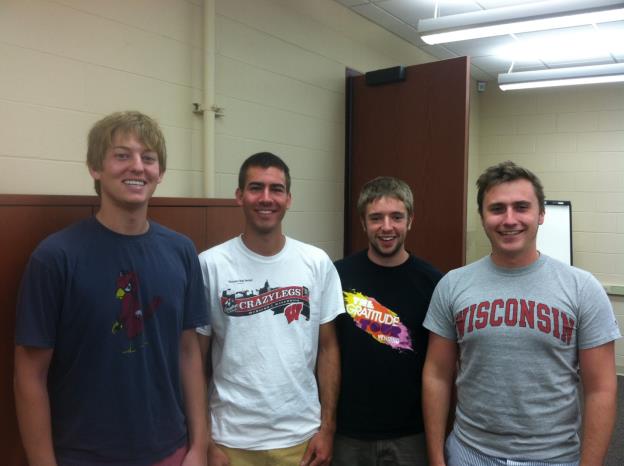An implantable device for treatment of laryngeal paralysis in dogs
This project has been secured to protect intellectual property.
Login for More InformationProject Overview
Idiopathic laryngeal paralysis is a common problem in older, large-breed dogs that results in progressive upper airway obstruction. The condition is caused by degeneration of the laryngeal nerves which innervate the muscles of the larynx. Dysfunction of these nerves results in the loss of function of the cricoarytenoideus dorsalis muscle which is responsible for abducting the arytenoid cartilage and opening the airway during inspiration. Clinical signs of laryngeal paralysis include progressive inspiratory stridor, exercise intolerance, dyspnea, and respiratory distress, and in severe cases, can result in complete respiratory collapse and death.
The diagnosis of laryngeal paralysis in dogs is made by directly observing the lack of normal arytenoid abduction during inspiration while under a light plane of anesthesia. The current standard of care for dogs with laryngeal paralysis is surgical enlargement of the laryngeal opening with a unilateral arytenoid lateralization or “tie-back” procedure. This procedure involves placing sutures between the cricoid and arytenoid cartilages on one side of the larynx and tying them under tension to permanently abduct and enlarge the laryngeal opening on that side.
Most dogs are significantly improved following surgery; however, they are at increased risk of aspiration pneumonia for the remainder of their lives. The risk of postoperative aspiration pneumonia stems from the fact that the larynx is fixed in an open position and therefore cannot be completely protected by the epiglottis during swallowing which increases the risk of food or water being aspirated during eating or drinking. The incidence of aspiration pneumonia after laryngeal surgery is relatively high (20-30%) and can have devastating consequences when it occurs. It is for this reason that a more physiologic method of treatment is needed for dogs (and humans) with laryngeal paralysis.
The goal of this project is to design an implantable device that can abduct the arytenoid cartilages of the larynx in-sync with normal respiration. Ideally this device would provide improved laryngeal function and result in fewer complications compared to current conventional surgical procedures and ultimately be used clinically to treat dogs with laryngeal paralysis.
Team Picture

Contact Information
Team Members
- Matthew Jensen - Team Leader
- Kevin McConnell - Communicator
- Cody Williams - BSAC & BPAG
- Devon Moloney - BWIG
Advisor and Client
- Dr. Willis Tompkins - Advisor
- Dr. Robert Hardie - Client
Related Projects
- Spring 2014: An implantable device for treatment of laryngeal paralysis in dogs
- Fall 2013: An implantable device for treatment of laryngeal paralysis in dogs
